So said Sidney Skolsky on this date in 1944
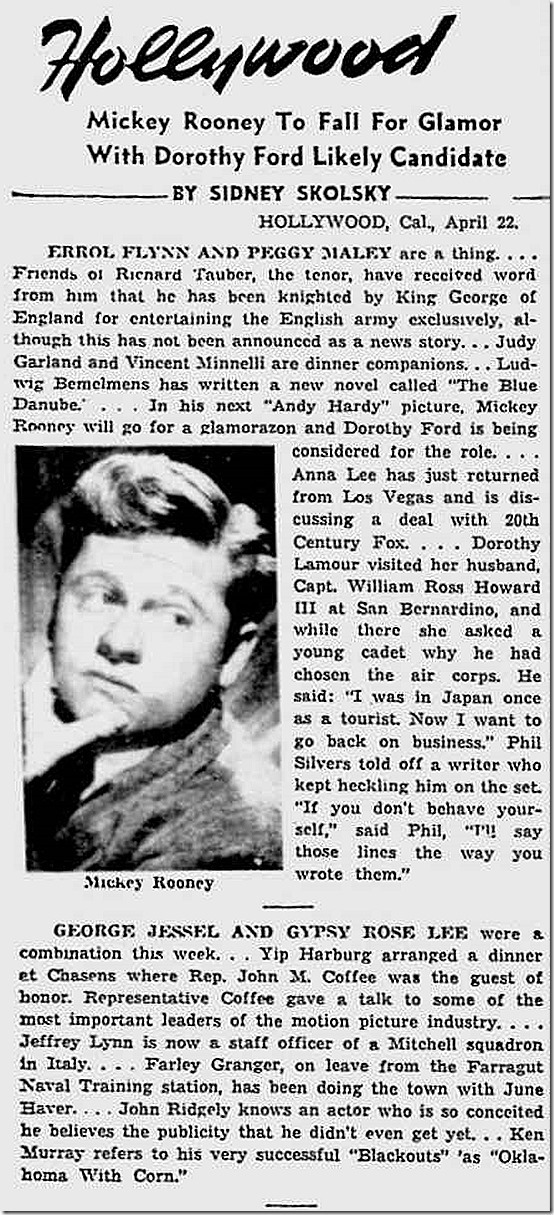
Here she is, Miss Atlantic City, circa the mid-Forties, the days Errol and her were said to (very briefly) be “a thing”
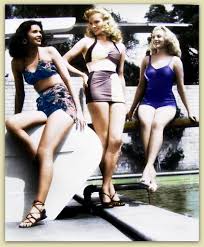
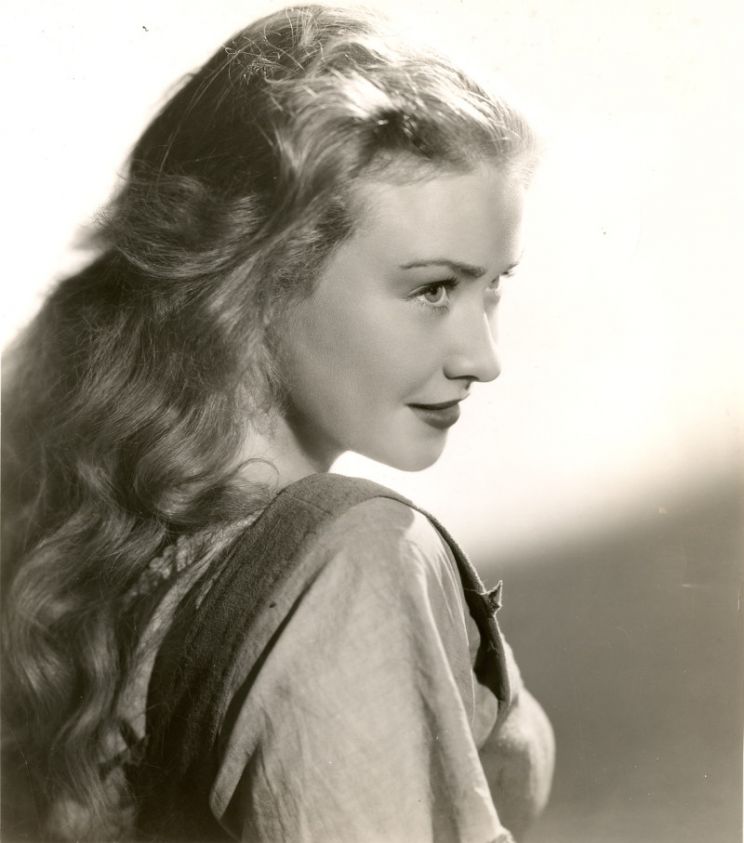
— Tim
So said Sidney Skolsky on this date in 1944

Here she is, Miss Atlantic City, circa the mid-Forties, the days Errol and her were said to (very briefly) be “a thing”


— Tim
![]()
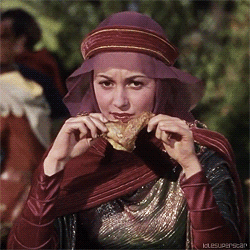
AUTOGRAPH ARMY ALWAYS ON TRAIL OF CINEMA STARS
Restaurant Employee Pays For Olivia De Havilland’s Meals For Signature
REDEEMS HER CHECKS
Player Is Now With Errol Flynn in “Adventures of Robin. Hood”
By FRANK HEACOCK Hollywood,Cal., March 3, 1938
The prophet may be without honor in his own country but the movie star certainly isn’t. One of the demonstrations of the honor in which the screen darlings are held is their pursuit by autograph hunters. And nowhere does the autograph hunter flourish more lustily than in California, country of the movies. And California signature-seekers have several times achieved new highs of ingenuity in devising methods of obtaining the coveted name scrawls of their film favorites. Most unusual of them came to light recently during the filming of “The Adventures of Robin Hood,” when the company was on location near Chico, Calif.
Signs the Checks
When a film troupe is on location, be it explained, the studio takes care of meals and accommodations for its members. And to simplify the business of paying for meals the studio arranges for members of the company to sign their checks; a company auditor paying them later. Members of the “Adventures of Robin Hood” company, in which Errol Flynn and Olivia de Havilland are co-starred, ran up a healthy accumulation of meal checks to be paid off. But a week after her arrival at Chico it was found no meal check signed by Miss de Havilland had turned up at the hotel where she was staying.
Auditor Stumped
Now Miss de Havilland, by her own admission, is a girl who likes her victuals. She wasn’t on a diet and she certainly wasn’t paying for for own meals. The auditor couldn’t figure it out.
Sold Autographs
Investigation disclosed that a kitchen employee had been removing her “autographed” meal checKs from the daily collection and dropping into the cash register an amount equivalent to the price of her meals. The hotel employee then proceeded to sell the “autographs” to a Hollywood autograph broker of whom there are dozens. The broker, according in the avid autograph collector, was paying him fifty cents more for each signature than the check bearing it cost him. Considering that there was nothing intrinsically dishonest in his actions, the hotel contented itself with a reprimand and a proposal that he denote his profits to a local charity. But by that time eighteen Olivia de Havilland autographs had found their ‘way to market’.
Tribute to California’s ingenious autograph hunters. Tribute, too, to the healthy appetite Miss de Havilland worked up during the making of “The Adventures of Robin Hood” in Chico’s bracing atmosphere.
…
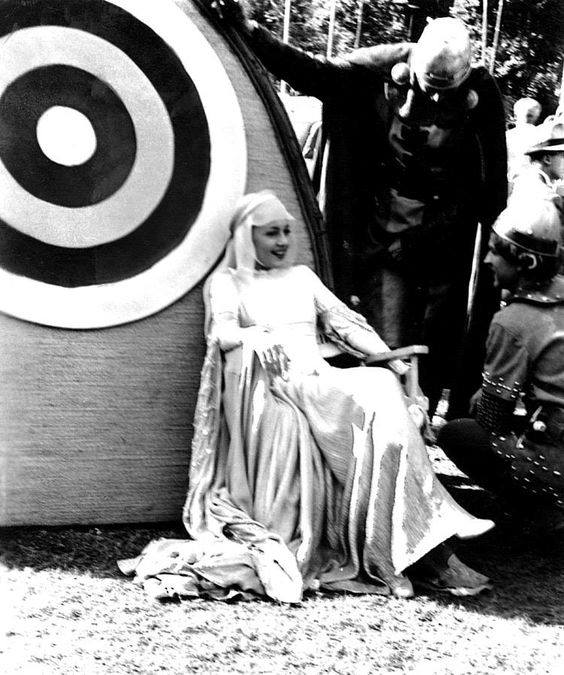
— Tim
April 22, 1938
Harrison Carroll
In Belfast, Olivia de Havilland spent a day with Errol Flynn’s parents. His father, a professor of biology at Queen’s University, still isn’t sold on Flynn’s acting career. He told Olivia he wishes that Errol would give up the cinema, return to Ireland, and take up a more serious profession.
Warners would be satisfied if he would even get off his yacht and return to Hollywood.
…
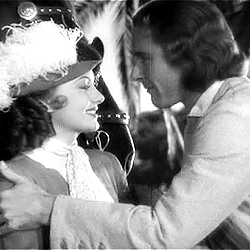
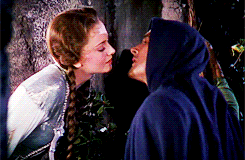
Making movies with Olivia was a very gracious thing.
…
And a very passionate thing.
…
Errol was right, and right on time, not to miss that train!
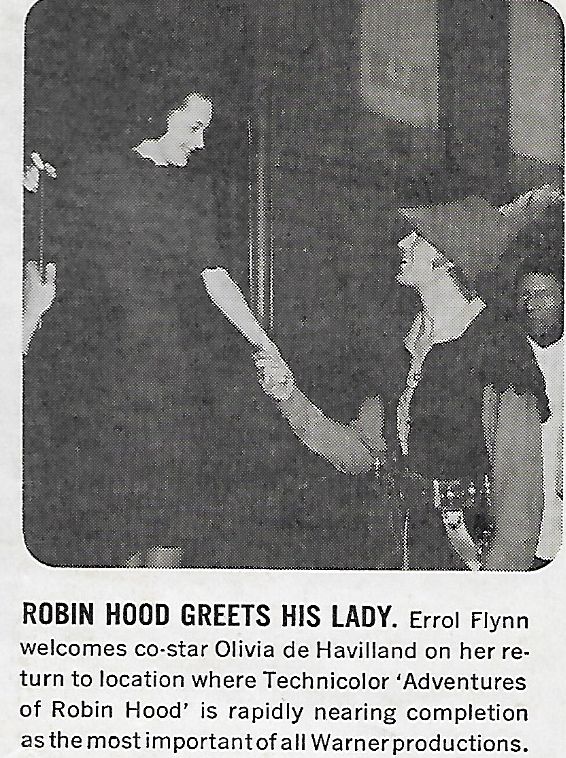
— Tim
April 20, 1936
Harrison Carroll
Evening Herald Express
Errol Flynn and Lili Damita don’t intend to live all the time on the ranch where he expects to raise hogs. They are building a house -n the Laurel Canyon district. One of the most unusual houses in Hollywood, too, for it will be modeled after Flynn’s ancestral home in Belfast. Incidentally, did you know that Errol was not born in Ireland? It was New Zealand while his father and mother were on a scientific expedition.
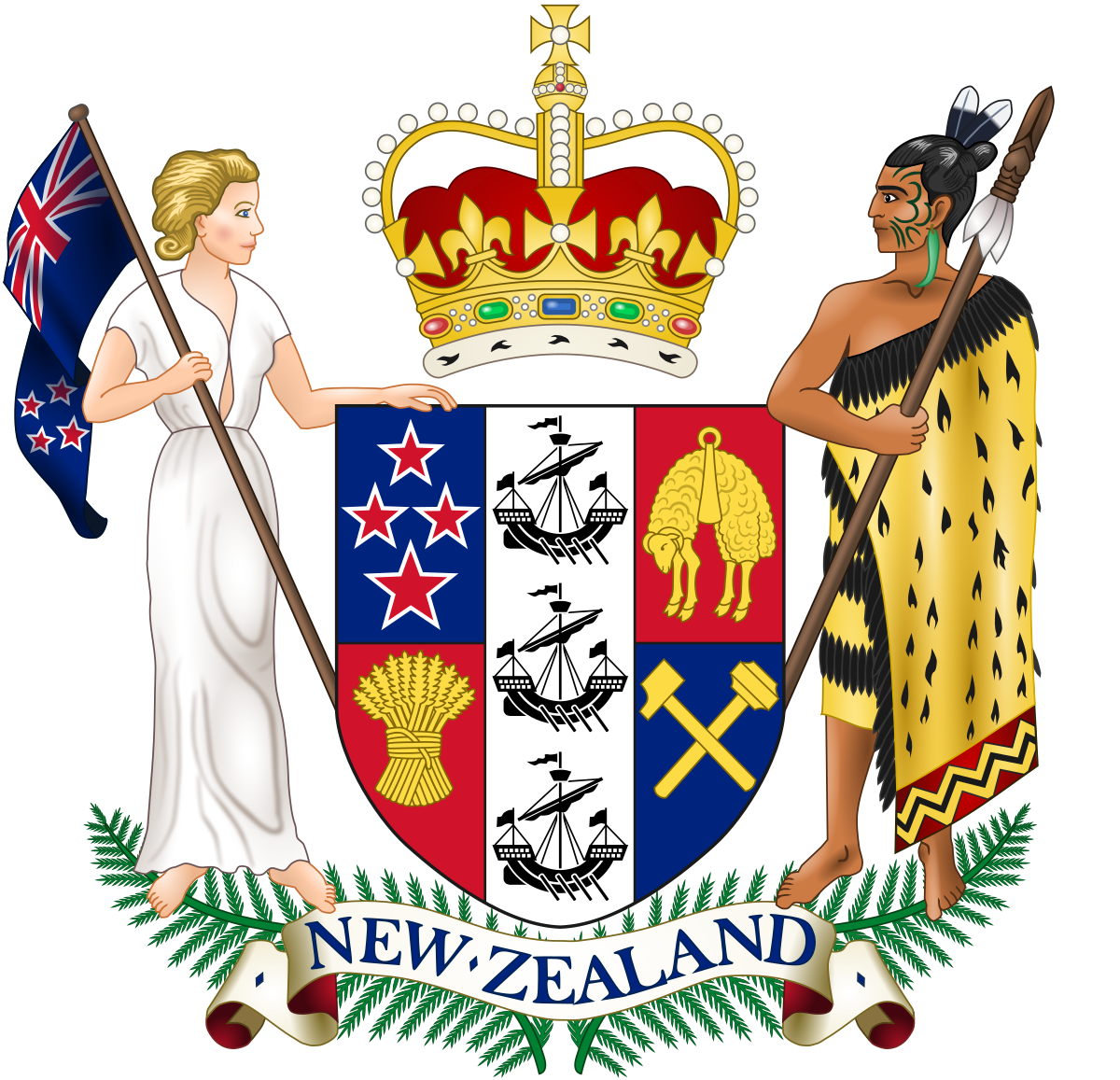
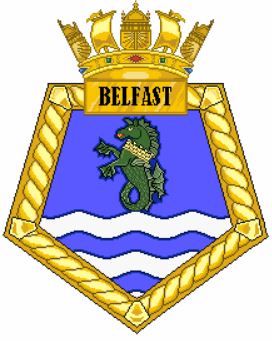

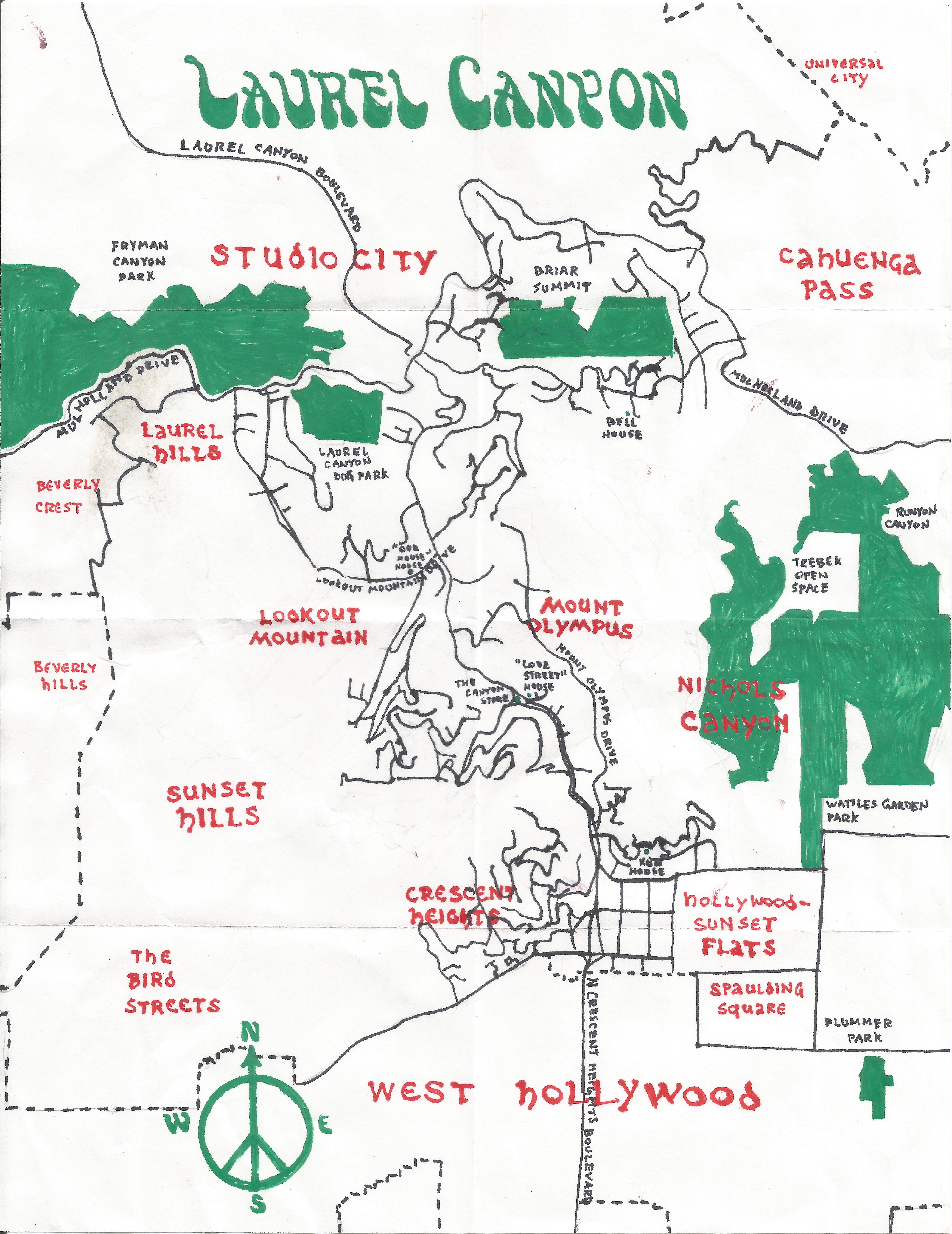
— Tim
April 18, 1938
Sidney Skolsky Presents
Hollywood Citizen News
Errol Flynn and Warner Brothers are feuding, with Mr. Flynn having told the studio that he will return from his vacation when he feels like it.
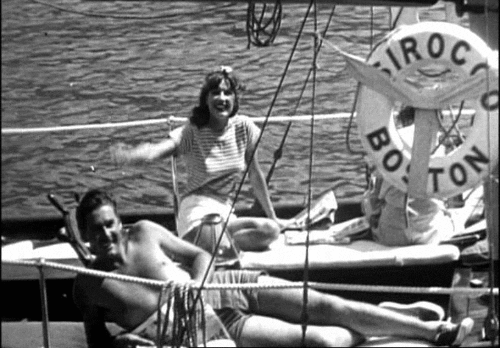
_______
April 18, 2005
IN LIKE FLYNN
No film star ever bettered Errol Flynn in tights, but he was the soul of insouciance even when he wore a cavalry uniform or bluejeans. That’s the revelation of “Errol Flynn: The Signature Collection” (Warner Home Video), which features the athletic, rakish star not just as an inspired Sir Francis Drake take-off in the vivid “The Sea Hawk” (1940) and as an uncharacteristically stiff Earl of Essex in “The Private Lives of Elizabeth and Essex” (1939) but also as a gallant General George A. Custer in “They Died with Their Boots On” (1941) and as a gritty frontier sheriff in the colorful Western potboiler “Dodge City” (1939). The set includes a surprisingly frank biographical portrait, “The Adventures of Errol Flynn.”
But the key film in the set is the sweeping, ebullient swashbuckler “Captain Blood” (1935). Three years before he became the most dashing Robin Hood yet (in “The Adventures of Robin Hood,” available on a separate Warner DVD), the young Australian actor, in his Hollywood breakthrough, proved his panache at righting wrongs. In this film, based on Rafael Sabatini’s 1922 novel about seventeenth-century pirates of the Caribbean and directed by Michael Curtiz, Flynn is Peter Blood, a peaceful doctor who makes the mistake of treating a rebel during the tumultuous reign of King James II and ends up a slave in Jamaica. The ravishing Olivia de Havilland (Flynn’s frequent co-star) plays the feisty, sympathetic niece of the tyrannical British slave owner; Blood and a barracks full of enslaved rebels (good men all) make their escape by stealing a Spanish ship and becoming buccaneers.
Flynn combined aristocratic dash with rebel flair—in “Captain Blood,” he defies the ruling order with absolute confidence. At one point, de Havilland says, “I believe you’re talking treason.” Flynn replies, “I hope I’m not obscure.” (This exchange has a close echo in “Robin Hood,” when de Havilland exclaims, “You speak treason!” and Flynn responds, “Fluently.”) In his autobiography, “My Wicked, Wicked Ways,” Flynn wrote that “youthful and virile roles” like cowboys and swordsmen “require gusto and genuine interest—such as I had felt at the time I was making ‘Captain Blood’ and ‘Robin Hood.’ ” He’s right: in these movies, his exuberance irradiates the screen.
Published in April 18, 2005, print edition of The New Yorker.
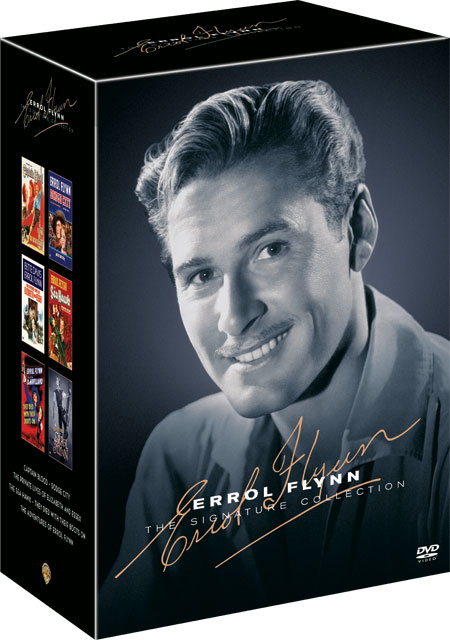
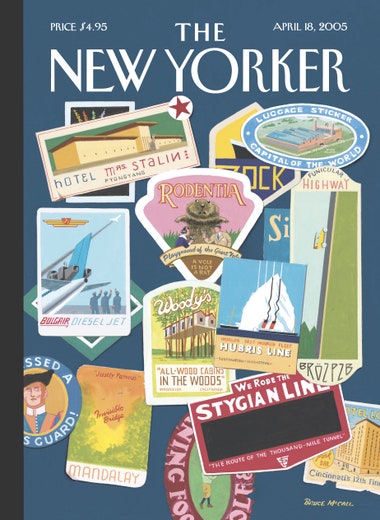
— Tim
April 17, 1935
Harrison Carroll
Lily Damita and Errol Flynn are still going places together.
_______
Here they are two months later, on June 16, at the Venice Amusement Pier, with Marlene Dietrich and Madonna (or perhaps that’s Carole Lombard?) Errol became “the talk of the town” for his immense popularity with the many women at the Tunnel of Love that night. Talk about going places, four days later he and Lili flew to Yuma. Then he flew into immortality.
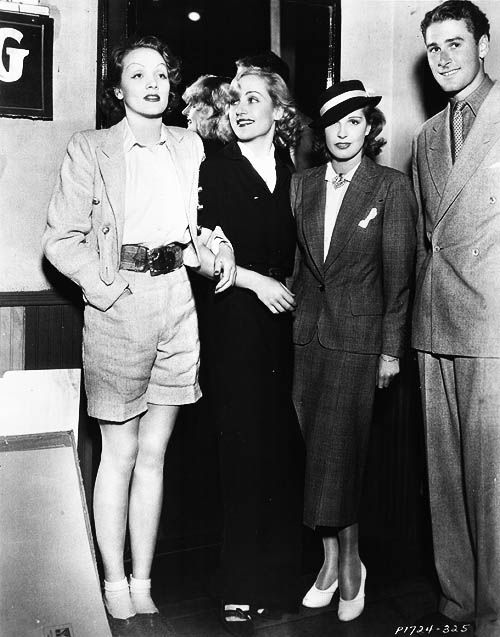
— Tim
Drunk or Not So Drunk – That was the Question
_______
LIFE Magazine – April 1, 1939
“Last fortnight [Virginia City’s] population totaled 500, most of whom got so drunk that Warner Bros. curtailed its visit and hustled its valuable stars back to Reno’s safer streets.”
Famed Ghost Town of the Comstock Lode Awakens for the Premier of “Virginia City” – See page 32
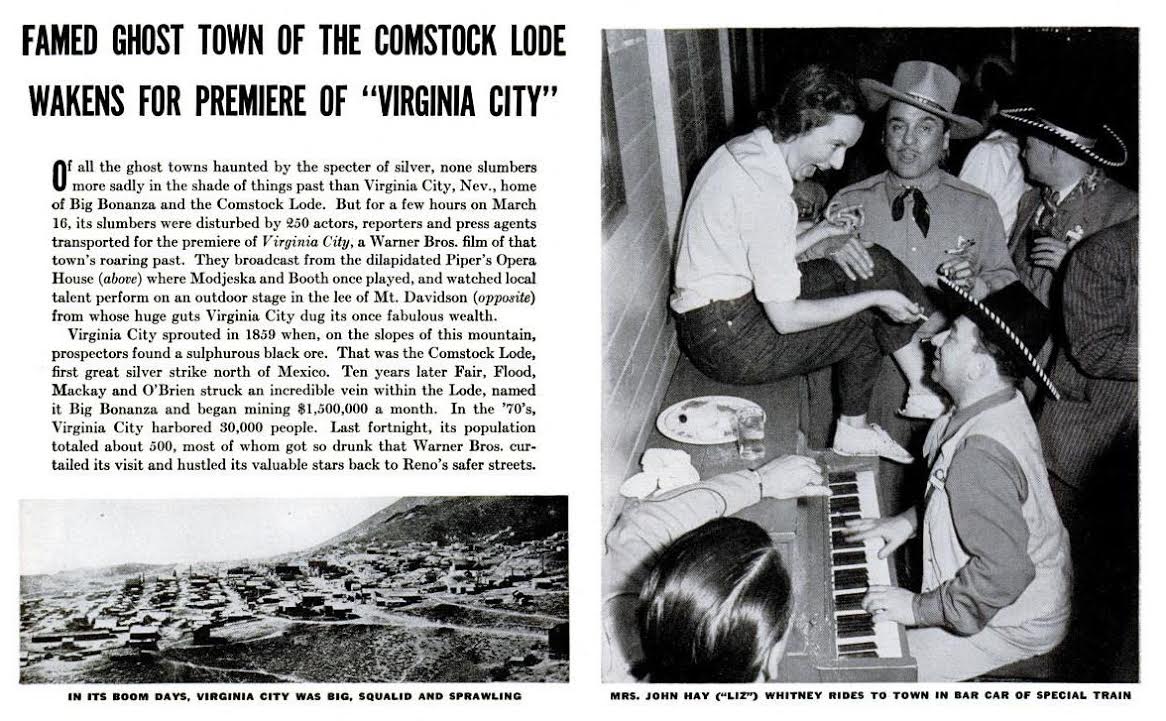
_______
LIFE Magazine – April 15, 1939
No Black Eye for Errol
Drunks in Virginia City
SIRS:
THE UNDERSIGNED REPRESENTING THE PEOPLE OF VIRGINIA CITY DEMAND THAT YOU RETRACT AND APOLOGIZE IN YOUR NEXT ISSUE THE FOLLOWING ISSUE PUBLISHED IN IN APRIL FIRST ISSUE, PAGE 32: “LAST FORTNIGHT ITS POPULATION TOTALED 500, MOST OF WHOM GOT SO DRUNK THAT WARNER BROS CURTAILED ITS VISIT AND HUSTLED ITS VALUABLE STARS BACK TO RENO’S SAFER STREETS.” THE STATEMENT IS FALSE AND AN INSULT TO THE PEOPLE OF VIRGINIA.
WILL COBB, STATE SENATOR – THOMAS LYNCH, ASSEMBLY MAN
VIRGINIA CITY, NEV.
Editor’s Response: Thousands of visitors poured into Virginia City that day. Probably they were the ones that raised most of the commotion. The fact remains that what made the movie stars hustle back was the conduct of the patrons of the Virginia Theater where the stars were scheduled to make personal appearances. Said a U.P. dispatch to the New York Times: “So gala was the occasion that Manager Hart installed a bar in his lobby and served free whiskey and champagne to all ticket holders…. Manager Hart rushed new relays of case goods from the Bucket of Blood across the street.” When the Warner Bros. executives reached the theater, they decided the patrons were drunk, that the situation was too dangerous for them to risk their valuable stars. If Errol Flynn, for instance, had received a black eye from a flying bottle, it would have cost them $20,000 a day. So they took everybody back to Reno.
_______
LIFE Magazine – May 6, 1940
I read your issue of April 15 that Warner Bros.could not risk taking Errol Flynn et al into the Virginia City Theater because they decided “the patrons were drunk” and there was some danger Mr. Flynn’s being hit by a flying bottle.
I do not know who your informant is, but he or she s – to put it mildly – a liar. I was in that theater. My family was there. great many people I know were also there. There was no drunkenness and no disorderly conduct. Mr. Flynn would have been very much safer than he was in Reno.
True, Mr. Hart did dispense free champagne, but those who drank it were on the streets and not in the theater.
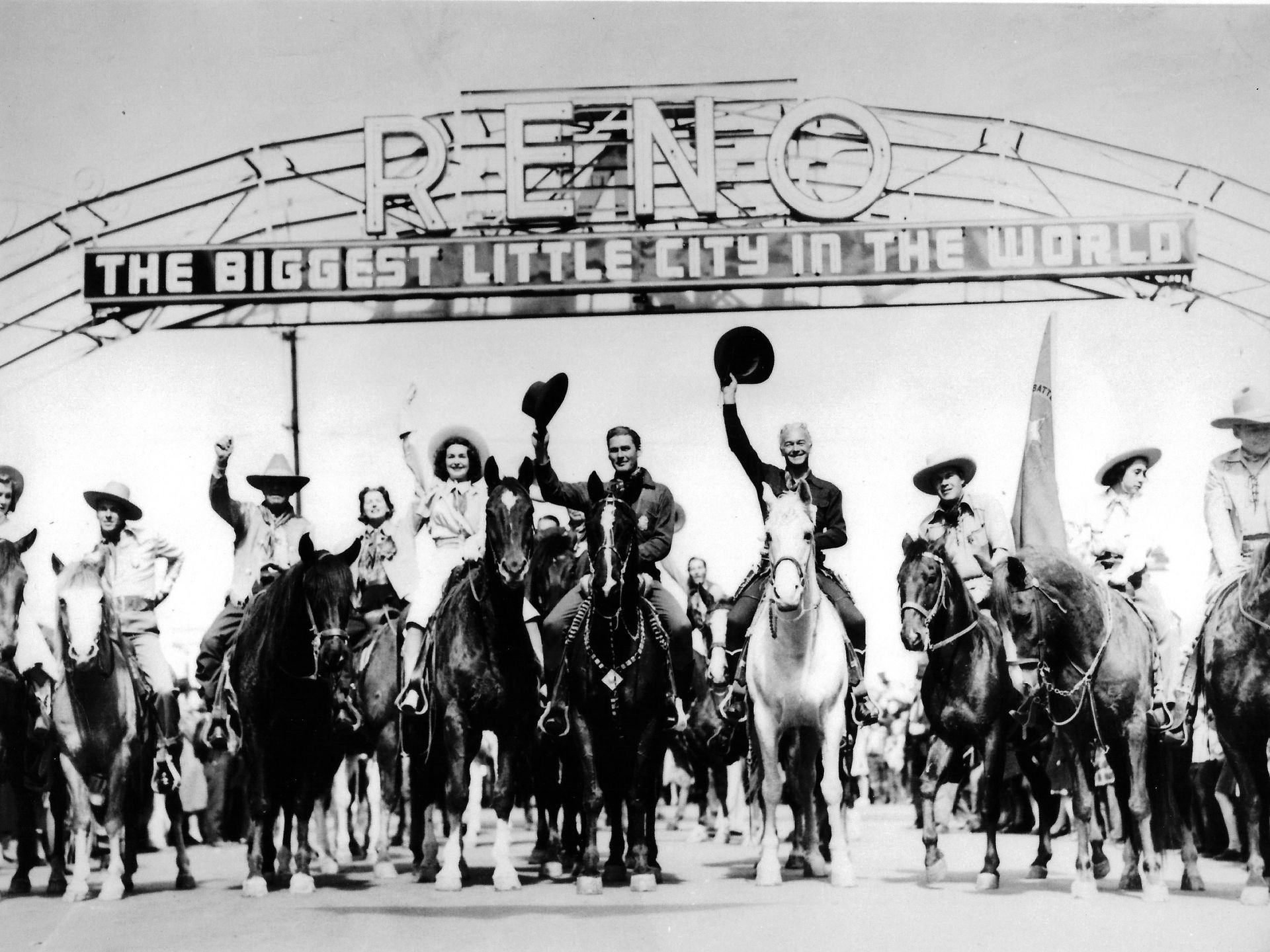
_______
Errol the Auctioneer, on the same stage used by Gentleman Jim Corbett, Mark Twain, Lillie Langtry, John Philip Souza, and Edwin Booth, among many other legendary greats
“Piper’s Opera House is a historic performing arts venue in Virginia City. It served as a training facility in 1897 for heavyweight boxing champion Gentleman Jim Corbett, in preparation for his title bout with Bob Fitzsimmons. The current structure was built by entrepreneur John Piper in 1885 to replace his 1878 opera house that had burned down. The 1878 venue, in turn, had been to replace Piper’s 1863 venue which was destroyed by the 1875 Great Fire in Virginia City. Mark Twain spoke from the original Piper’s stage in 1866, and again a century later in the third venue, as portrayed by Hal Holbrook in his one-man play Mark Twain Tonight! A lynch mob hung a victim from the first venue’s rafters in 1871. American theatrical producer David Belasco was stage manager at the second opera house before moving to New York City. Piper’s opera houses played host to Shakespearean thespians such as Edwin Booth. Musical performers Lilly Langtry, Al Jolson and John Philip Sousa once performed here. In 1940, Errol Flynn auctioned off historic Piper memorabilia from the opera house stage, during a live NBC broadcast that coincided with the premiere of Flynn’s new movie Virginia City.”
— Tim